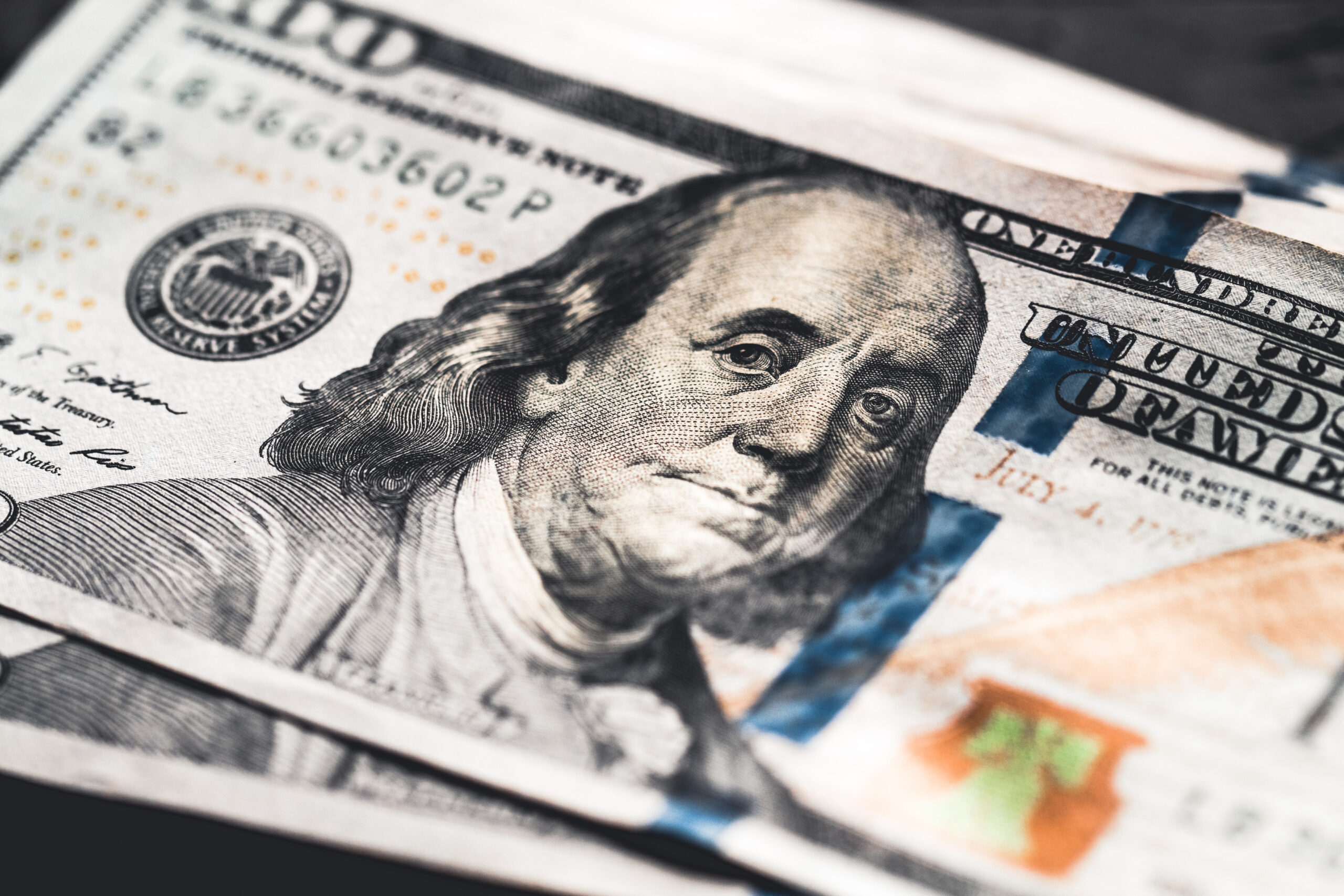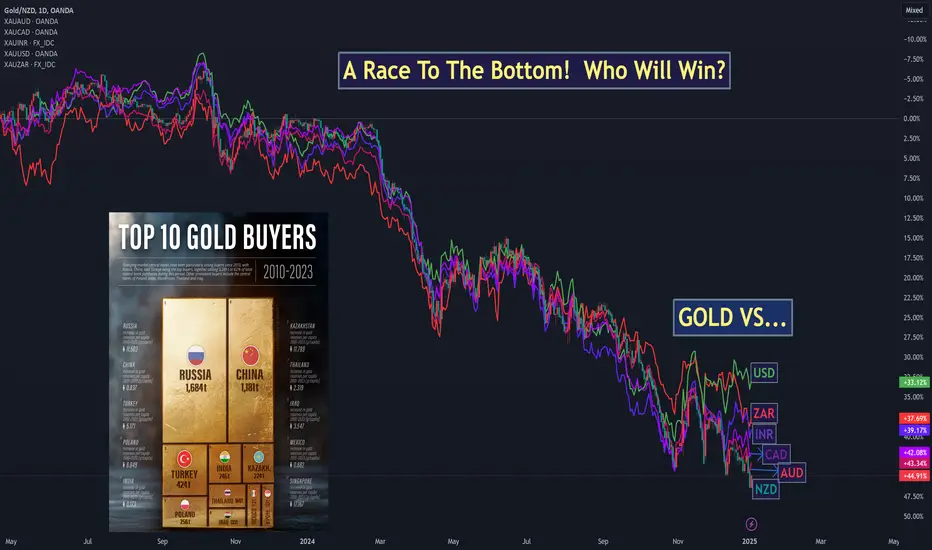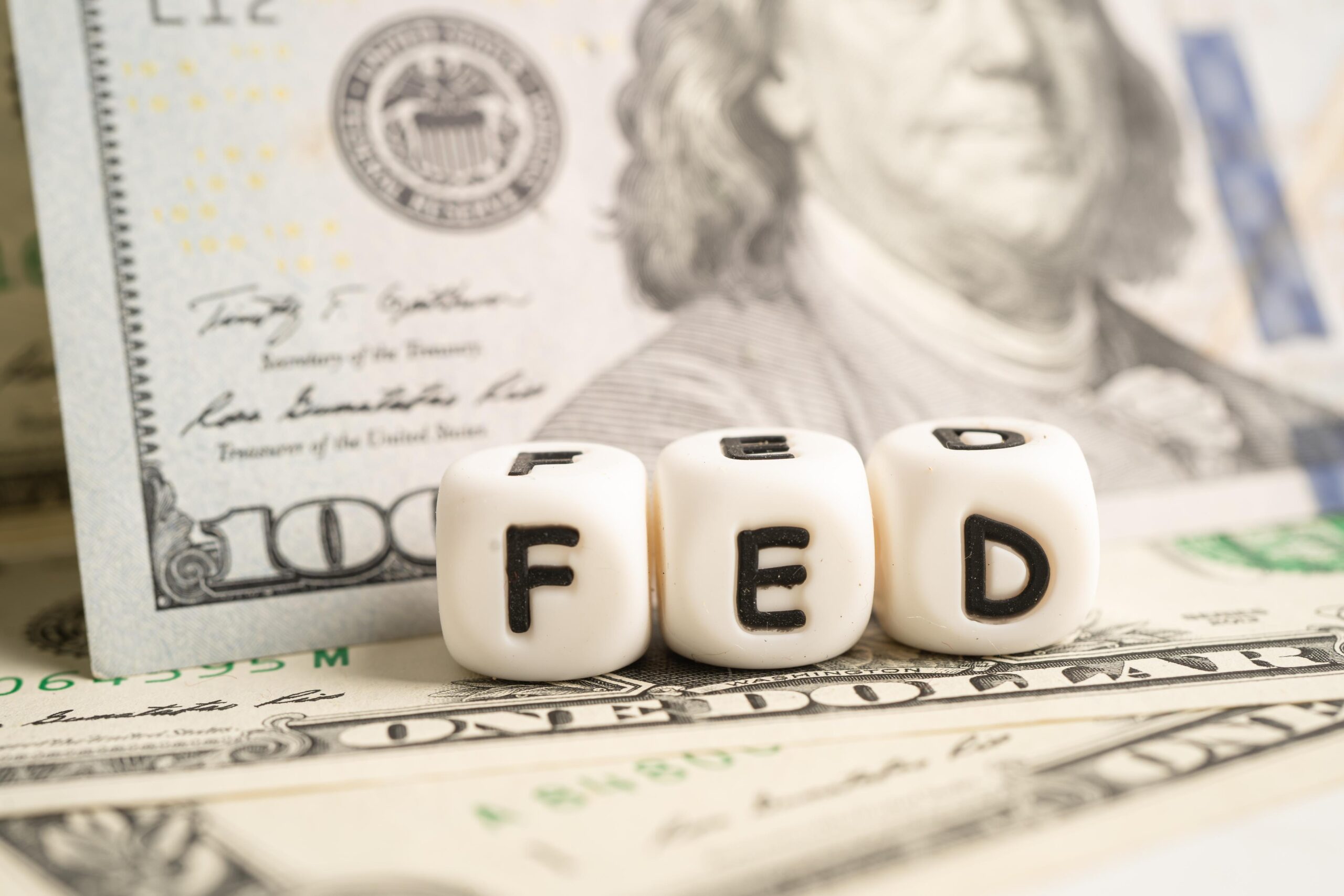Introduction: The Dollar’s Surprising Strength
The U.S. dollar dominance story continues even after years of stimulus, money printing, and economic crises. From 2008 to 2025, the Federal Reserve grew its balance sheet nearly tenfold, yet the dollar remained strong. The DXY index climbed from 80.9 to over 100—levels not seen since the 1980s.
Why does the dollar still dominate? The answer lies in global debt, financial structure, and the way the world trades and borrows. This article explains how U.S. dollar dominance works and why it’s so hard to replace.
How Global Debt Supports U.S. Dollar Dominance
In modern finance, money is mostly created through lending, not government printing. This system runs on leverage—banks lend more than they hold, creating a debt-driven economy.
Internationally, the U.S. dollar is often the currency of choice for borrowing. This creates a global “carry trade,” where countries borrow in dollars but earn in local currency. When the dollar rises, debt becomes harder to repay.
However, the U.S. is in a unique position. It borrows, lends, and trades in its own currency. This reduces risk and strengthens U.S. dollar dominance in the global system.
U.S. Dollar Dominance Gives Key Advantages
The dollar’s role as the world’s main reserve currency offers several big benefits to the U.S.:
- Low borrowing costs: U.S. Treasuries are trusted worldwide. In 2025, 10-year yields were just 4.31%.
- Persistent demand: The world wants dollars—especially in crises—so the U.S. can run deficits without seeing its currency fall.
- Seigniorage profits: The U.S. earns billions from foreign use of the dollar.
- Safe haven status: In every crisis—from 2008 to COVID to 2025—investors run to the dollar.
Other countries don’t have this luxury. For nations like Brazil, having large amounts of dollar debt is risky. As the dollar strengthens, their local assets lose value, while their debt costs grow.
Dollar Strength Through the Years
Despite endless economic shocks, the U.S. dollar dominance story holds:
- 2008 crash: The Fed printed trillions, but the dollar stayed strong as the U.S. economy recovered faster than others.
- Pandemic response: Massive stimulus didn’t hurt the dollar. In fact, the DXY jumped from 89.9 to 114.1.
- Recent trends (2024–2025): Even with high inflation and trade tensions, the dollar remains strong around 100 on the DXY.
Trump’s Tariff Plan and Its Dollar Impact
In 2025, President Trump launched a new round of tariffs to reduce imports and weaken the dollar. But markets took this as a sign of U.S. economic strength. Ironically, the dollar got even stronger.
Some of the strategies considered:
- Broad tariffs on trade partners
- Currency intervention using the Exchange Stabilization Fund
- Ideas of a new “Plaza Accord” to manage currencies
But with the global FX market averaging $7.5 trillion a day, such actions are unlikely to make a lasting dent in U.S. dollar dominance.
The Hidden Force: Eurodollar Markets
A big reason for U.S. dollar dominance is the Eurodollar system—offshore dollar deposits outside U.S. control. This market holds an estimated $10–15 trillion.
Here’s why it matters:
- Offshore banks lend in dollars, creating more global USD debt
- This boosts dollar demand, even when the Fed is easing
- A tight Eurodollar market can drive the dollar higher during global stress
This shadow banking system extends dollar power beyond U.S. borders.
Conclusion: A System Built for Dollar Dominance
The ongoing U.S. dollar dominance is no accident. The global system—from trade to debt to banking—is designed around it. Even when U.S. policy aims to weaken the dollar, the structure reinforces its strength.
Whether through tariffs, stimulus, or crisis, the dollar’s role as the world’s financial backbone remains intact.
What the Future Holds for U.S. Dollar Dominance
Could this change? In theory, yes. New digital currencies, regional alliances, and alternative financial systems are growing. But shifting away from the dollar would require:
- Major overhauls in global finance
- New trade systems
- Trusted alternatives with deep liquidity
Until then, U.S. dollar dominance will likely continue—making it essential for investors, policymakers, and businesses to understand and prepare for its global impact.
The U.S. dollar is not falling—but your edge might be. Join our Discord and hedge with brains, not just leverage.
Click here to read our latest article- S&P 500 vs the World



